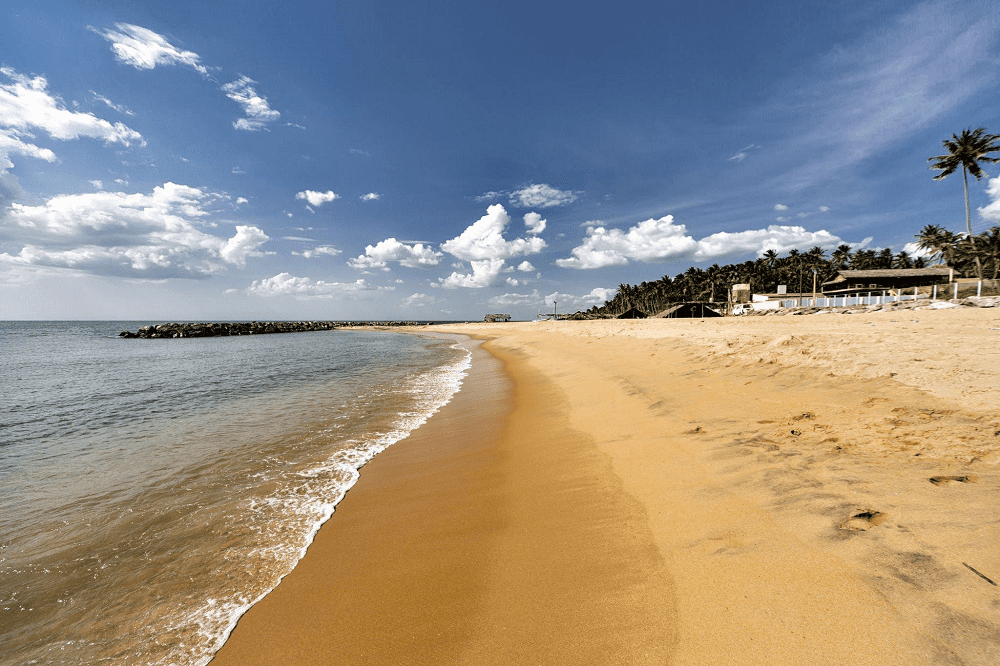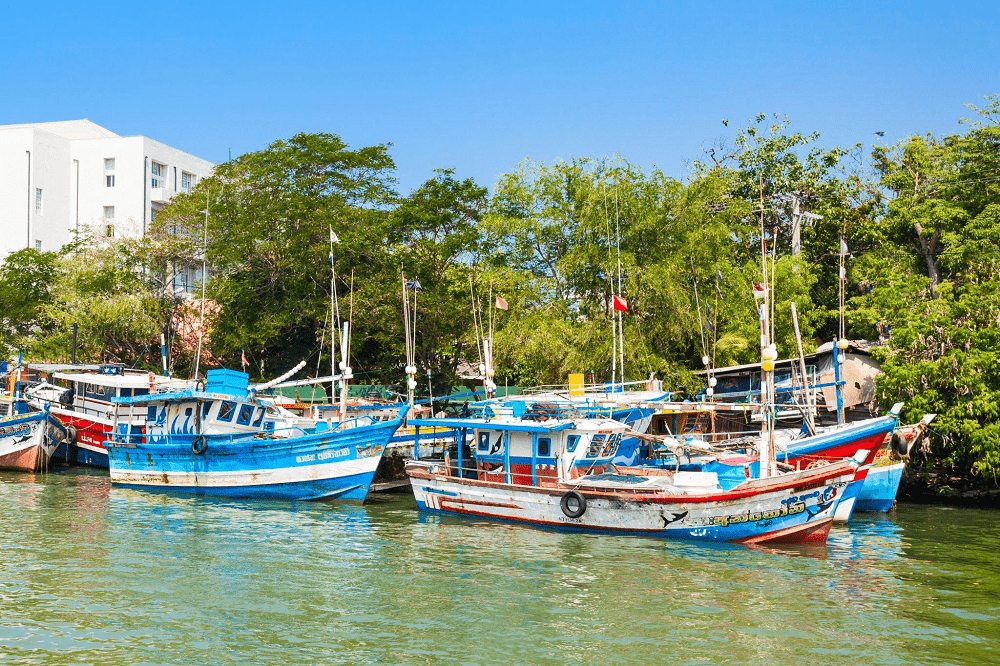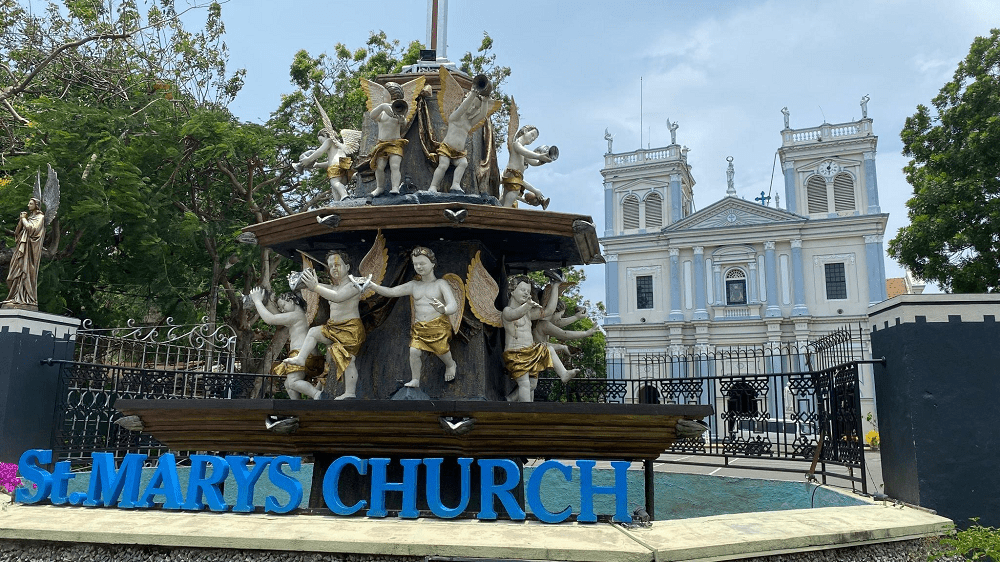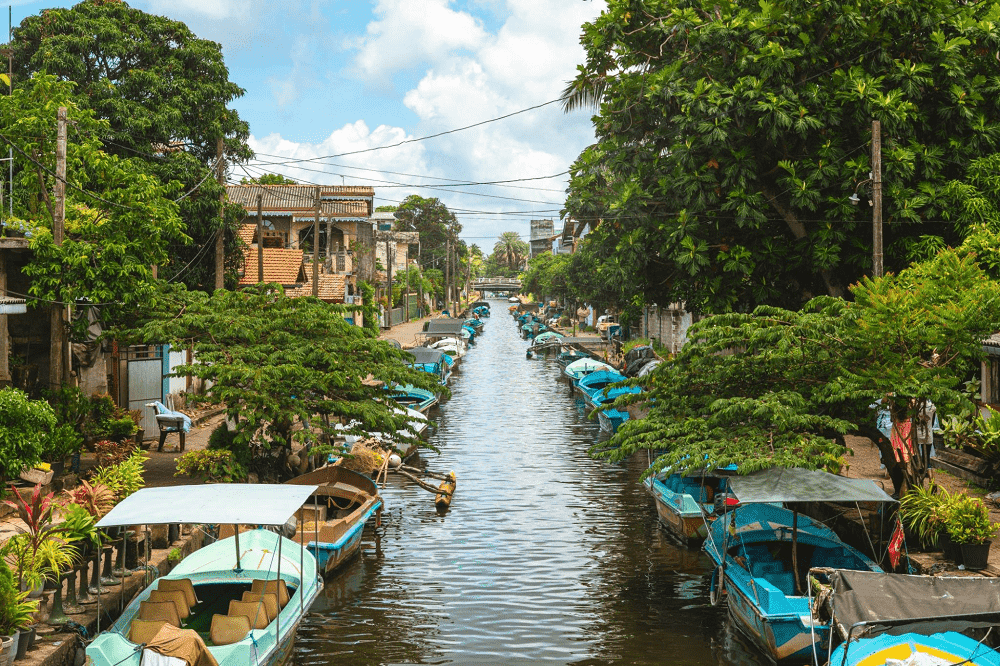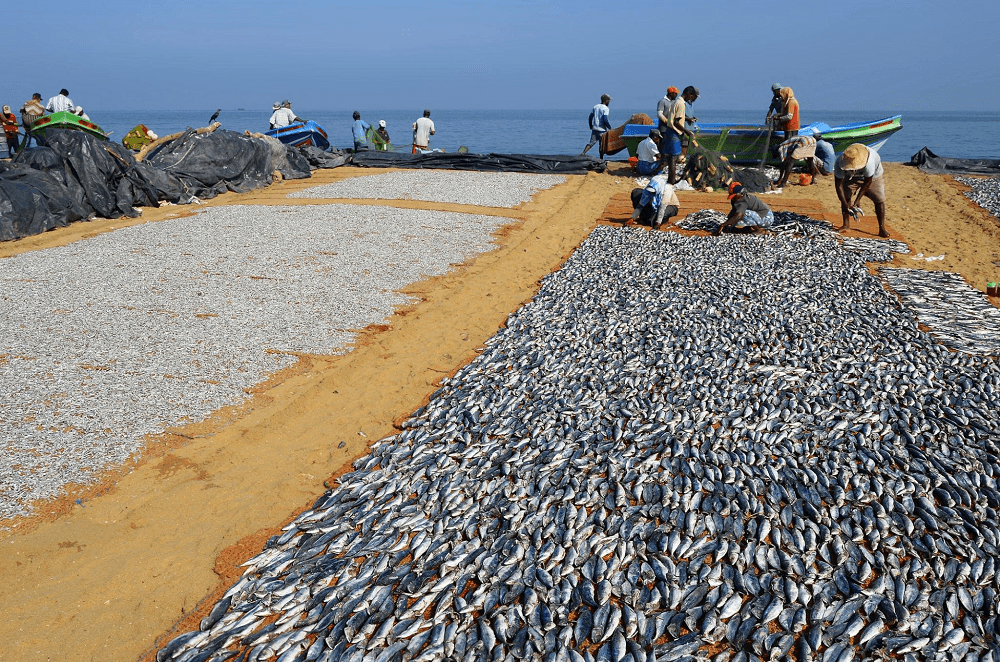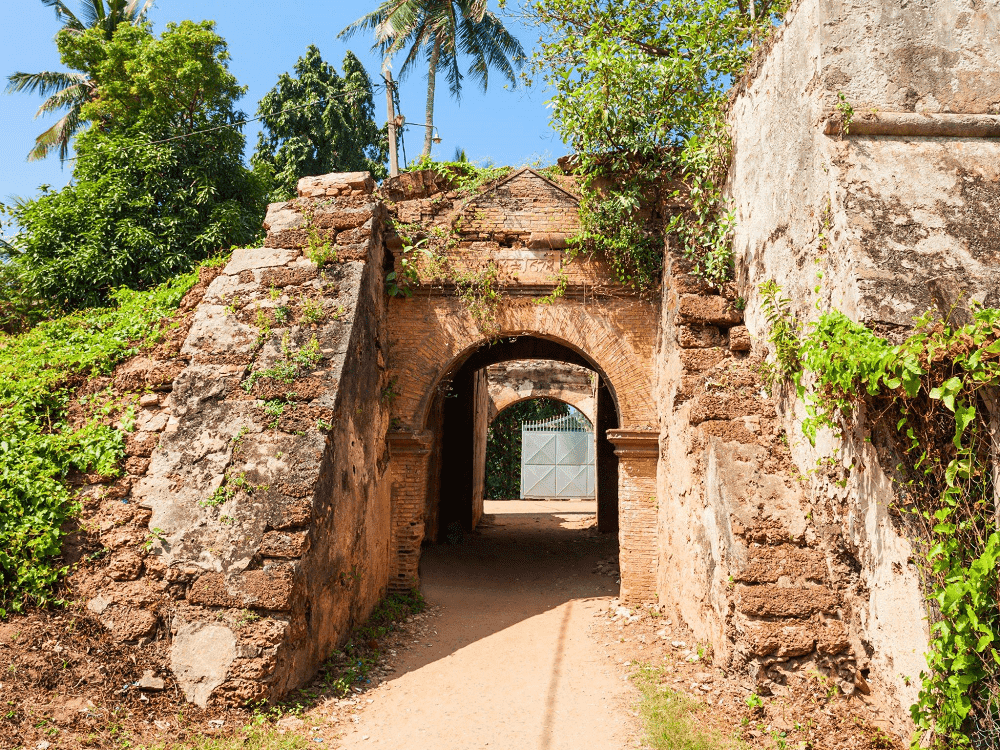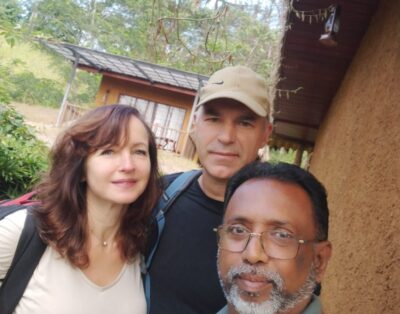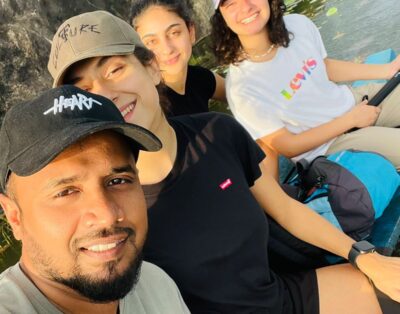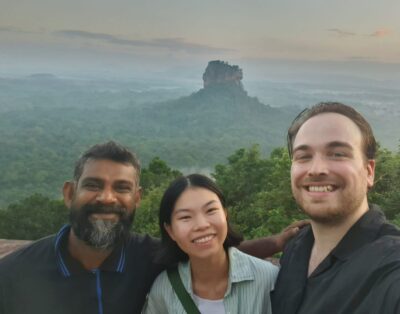7 Places To Visit in Negombo
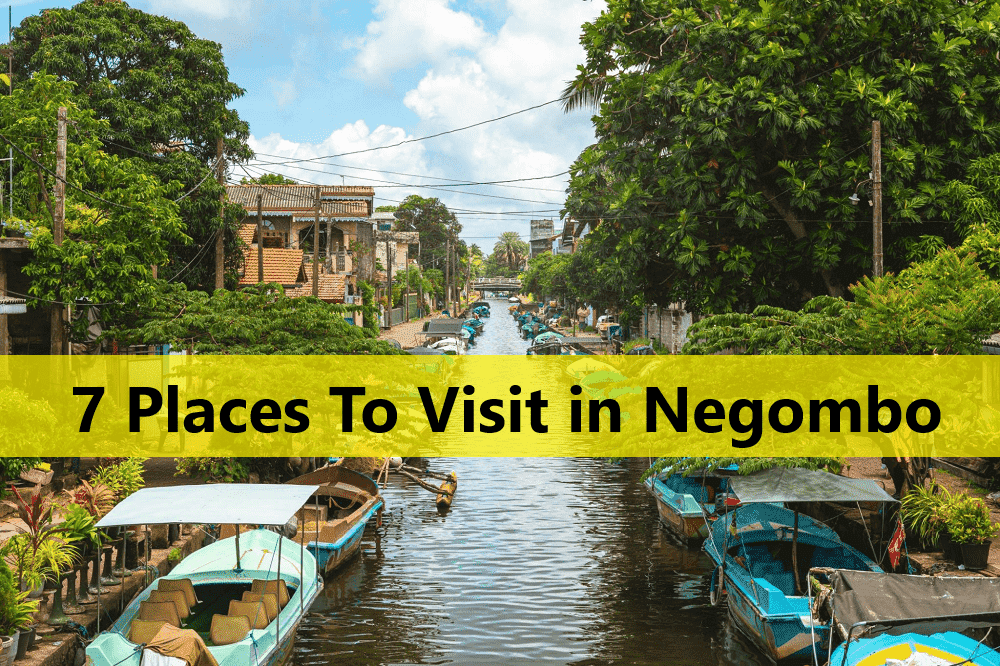
Looking places to visit in Negombo? The city of Negombo is located on Sri Lanka’s west coast. The crumbling remains of the Dutch Fort from the 17th century now house a prison close to the water.
Fishermen’s huts line the Negombo Lagoon, which feeds into the Hamilton Canal built during the Dutch era. The canal leads to Colombo in the south.
Here are seven places that one can visit in this mesmerizing town.
1. Negombo Beach
Negombo Beach is one of the top beaches. It is open all day, so you can go for a stroll in the early morning to see the sunrise or for a romantic evening stroll at dusk.
If you’re in the mood for a late-night swim, Browns Beach in Negombo is a fantastic location. It is well-liked by both locals and tourists, and it is simple to understand why.
This fantastic beach offers a ton of fun activities, including kite surfing, sailing, windsurfing, and more. You can explore the numerous shops and stores nearby to take a break from the sand and surf and look for little trinkets to bring home as gifts and souvenirs.
Negombo’s beaches cannot be surpassed by many other beaches in Sri Lanka in terms of their clear water and fine sand, and the sea here has a very attractive color.
Both tourists and locals enjoy the beaches in Negombo, which offer a variety of activities like kite surfing and sailing. The ideal break stop is at Negombo Beach.
The area around Negombo Beach also has a number of well-known churches and distinctive architectural styles that draw inspiration from different parts of the world, adding to the city’s cultural heritage.
Suggested Read: How To Get From Negombo to Ella
2. Negombo Lagoon
Negombo Lagoon is a sizable coastal lagoon in Negombo, southwest Sri Lanka. One of Sri Lanka’s most productive and delicate ecosystems is the Negombo Lagoon.
A canal and several small rivers feed the lagoon. In the vicinity of Negombo city, it is connected to the sea by a small channel to the north. It is bounded by a region that is densely populated and has grassland, coconut plantations, and rice paddies. Real mangrove plants are only found in a few locations, including the Negombo Lagoon.
There is a variety of aquatic life, including fish, prawns, and crabs. Guests can take a boat ride that departs from the Dutch Canal and enters the lagoon. In order to ensure that the guests’ tour passes smoothly, private boats are also available.
These boats are well-equipped with safety gear like life jackets and follow strict safety protocols. Along the way of the boat ride, there are also small refreshments available.
The region is enclosed by a densely populated area, as well as vast rice paddies, coconut plantations, grasslands, and agricultural and fishing regions. Fresh and delicious seafood is served to guests at many hotels and resorts near the lagoon.
Suggested Read: How To Get From Negombo to Sigiriya
3. St. Mary’s Church
In the center of Negombo is St. Mary’s Church, one of Sri Lanka’s biggest cathedrals.
St. Mary’s Church is also referred to as “Little Rome” because of the numerous churches and Portuguese-Dutch influences there. The Church is a stunning structure with cream-colored walls and black-and-white marble accents.
Both locals and visitors can participate in the morning prayers that are conducted beneath the church’s exquisitely decorated ceiling and take in the light that comes through the stained glass windows.
A famous creation of Christ created by Buddhist artist N.S. Godamanne is displayed in this 140-year-old church. Additionally, the church is renowned for its stunning stained-glass windows and worship organ.
Suggested Read: How To Get From Negombo to Wilpattu National Park
4. Hamilton Canal
This canal, which connects Puttalam and Colombo and passes through Negombo along the way, is named after Government Agent of Revenue and Commerce Gavin Hamilton. Its purpose is to facilitate transportation to the harbor while draining the salt water from the Muthurajawela wetlands.
Along the paths that run alongside the Hamilton Canal, visitors can stroll or ride bicycles while admiring Negombo and its tiny villages. Additionally, locals provide boat rides on the canal. The Hamilton Canal was constructed in the 19th century by British colonists and initially had just one use: to make it easier to transport goods to the harbor.
5. Negombo Fish Market
Tourists are able to observe the diverse selection of seafood that fishermen bring in each morning at the Negombo fish market. Fish are spread out to dry in the sun at the dry fish market before being salted and shipped. Tuna, mackerel, sardines, squid, and other seafood are available for purchase at the nearby wet fish market.
Visitors can see fishermen laying out their catch in the morning and purchasing the freshest fish out there. Around the market, you can see little churches alongside the fish.
6. Rukmani Devi Park
The park is built in honor of an actress in Sri Lanka who passed away due to an accident in Negombo, Rukmani Devi Park stands out by its lovely surroundings, where visitors can enjoy a stroll with their families and kids and find a variety of activities.
There is a children’s play area, making it an ideal spot to unwind with friends and family. The park is enormous and well-maintained. It is a good rest area when exploring Negombo’s town.
7. Dutch Fort
The Negombo Dutch fort was It was originally a Portuguese creation, but after the Dutch took control of it, they rebuilt it. Even though the fort is now in ruins, it had a significant impact on the country’s colonial past.
Due to its proximity to the seafront and prime location for watching the sunset, the fort is best visited in the evening.
After conquering Sri Lanka in 1588, the Portuguese built the Dutch Fort.
The Esplanade, a field where numerous cricket matches are played, and a lagoon are both close to the Dutch Fort. Nearby is the renowned Negombo fish market. The fort was almost entirely destroyed after being taken over by the British in order to construct a prison that is still in use today.
The clock tower, the rampart, and the bastions are examples of the remnants’ Dutch and British architectural influences.
To visit above places in Negombo contact Sri Lanka Driver Guide.

Editorial Staff is at Sri Lanka Driver Guides are Sri Lanka travel experts.

